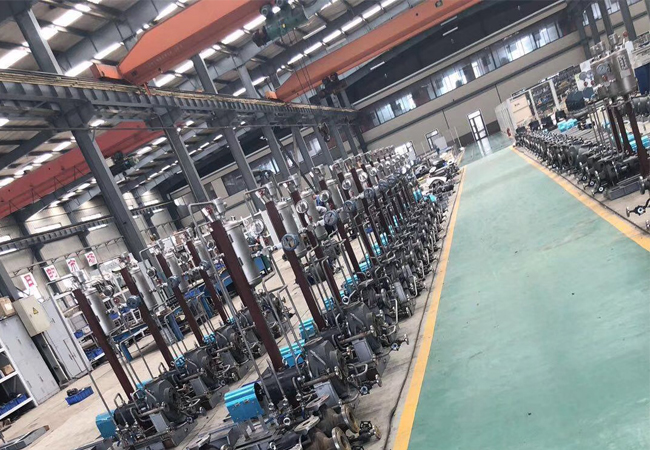Shona
- Afrikaans
- Albanian
- Amharic
- Arabic
- Armenian
- Azerbaijani
- Basque
- Belarusian
- Bengali
- Bosnian
- Bulgarian
- Catalan
- Cebuano
- Corsican
- Croatian
- Czech
- Danish
- Dutch
- English
- Esperanto
- Estonian
- Finnish
- French
- Frisian
- Galician
- Georgian
- German
- Greek
- Gujarati
- Haitian Creole
- hausa
- hawaiian
- Hebrew
- Hindi
- Miao
- Hungarian
- Icelandic
- igbo
- Indonesian
- irish
- Italian
- Japanese
- Javanese
- Kannada
- kazakh
- Khmer
- Rwandese
- Korean
- Kurdish
- Kyrgyz
- Lao
- Latin
- Latvian
- Lithuanian
- Luxembourgish
- Macedonian
- Malgashi
- Malay
- Malayalam
- Maltese
- Maori
- Marathi
- Mongolian
- Myanmar
- Nepali
- Norwegian
- Norwegian
- Occitan
- Pashto
- Persian
- Polish
- Portuguese
- Punjabi
- Romanian
- Russian
- Samoan
- Scottish Gaelic
- Serbian
- Sesotho
- Shona
- Sindhi
- Sinhala
- Slovak
- Slovenian
- Somali
- Spanish
- Sundanese
- Swahili
- Swedish
- Tagalog
- Tajik
- Tamil
- Tatar
- Telugu
- Thai
- Turkish
- Turkmen
- Ukrainian
- Urdu
- Uighur
- Uzbek
- Vietnamese
- Welsh
- Bantu
- Yiddish
- Yoruba
- Zulu
Telephone: +86 13120555503
Email: frank@cypump.com
Nov . 18, 2024 13:31 Back to list
Efficient Methods for Pumping Out Sewage Systems and Maintaining Drainage Health
Understanding Sewer System Pump Outs Importance, Process, and Maintenance
Sewer system pump outs are an essential part of maintaining the integrity and functionality of wastewater management systems. These systems, responsible for transporting and treating sewage, play a critical role in public health and environmental protection. In this article, we will delve into the importance of sewer system pump outs, the process involved, and ongoing maintenance strategies to ensure these systems operate efficiently.
Importance of Sewer System Pump Outs
Sewer systems are designed to carry wastewater away from homes and businesses to treatment facilities. Over time, however, solids and sludge can accumulate in these systems, leading to potential blockages, backups, and sewer overflows. This not only poses a risk to public health but can also result in significant environmental contamination. Regular pump outs are crucial for several reasons
1. Preventing Blockages The most immediate benefit of pump outs is the prevention of blockages within the sewer system. By removing accumulated solids and sludge, the flow of wastewater is maintained, reducing the risk of costly and disruptive backups.
2. Protecting Public Health When sewer systems back up, raw sewage can overflow into homes, streets, or natural bodies of water. This can lead to serious health hazards, including the spread of waterborne diseases. Regular pump outs help mitigate this risk.
3. Environmental Protection Overflows from sewer systems can contaminate local ecosystems, harming wildlife and degrading water quality. By keeping sewer systems clear through regular maintenance, we help protect our natural environment.
4. Extending System Lifespan Regular maintenance, including pump outs, can significantly extend the lifespan of sewer infrastructure. This can lead to considerable cost savings in the long run, as timely repairs and replacements are typically far more expensive.
The Pump Out Process
The pump out process involves several steps to ensure that sewer systems are appropriately maintained
. Here’s a breakdown1. Assessment A thorough assessment of the sewer system is performed. This can involve the use of cameras and other inspection technologies to identify problem areas and the extent of sludge accumulation.
sewer system pump out

2. Vacuum Pumping Once problem areas are identified, a vacuum truck is typically dispatched to perform the pump out. This truck is equipped with large hoses and a vacuum system capable of removing accumulated solids and wastewater from within the sewer pipes.
3. Disposal After extraction, the waste collected by the vacuum truck must be properly disposed of. This usually involves transporting it to a sewage treatment facility, where the waste can be processed and treated safely.
4. Post-Process Inspection After the pump out, technicians often conduct follow-up inspections to ensure that the system is functioning properly and to identify any other maintenance needs.
Maintenance Strategies
To ensure that sewer systems continue to function optimally, ongoing maintenance strategies should be employed. Here are some effective practices
1. Regular Inspections Regular visual and technological inspections should be scheduled to monitor the health of the sewer system. This can help identify any issues before they escalate.
2. Scheduled Pump Outs Based on the size and usage of the sewer system, scheduling regular pump outs can help prevent buildup. This may vary from quarterly to annually, depending on specific conditions.
3. Public Education Educating the public on what can and cannot be flushed or drained into the sewer system can reduce the amount of solids entering the system. Awareness campaigns can help minimize the introduction of oils, grease, and non-biodegradable materials.
4. Encouraging Best Practices Promoting best practices for sewage management in both residential and commercial settings, such as installing grease traps, can help reduce strain on sewer systems.
Conclusion
Sewer system pump outs are a critical component of municipal wastewater management. By preventing blockages, protecting public health, safeguarding the environment, and prolonging system lifespan, regular maintenance is not just beneficial but essential. Through effective processes and proactive strategies, communities can ensure a clean and safe sewage system for all.
-
Heavy-Duty Mining Sludge Pumps - Wear-Resistant Slurry Handling
NewsAug.02,2025
-
Horizontal Split Case Pump with GPT-4 Turbo | High Efficiency
NewsAug.01,2025
-
ISG Series Pipeline Pump - Chi Yuan Pumps | High Efficiency, Durable Design
NewsAug.01,2025
-
Advanced Flue Gas Desulfurization Pump with GPT-4 Turbo | Durable & Efficient
NewsJul.31,2025
-
ISG Series Vertical Pipeline Pump - Chi Yuan Pumps | Advanced Hydraulic Design&Durable Construction
NewsJul.31,2025
-
ISG Series Vertical Pipeline Pump - Chi Yuan Pumps | Energy Efficient & Low Noise
NewsJul.31,2025










